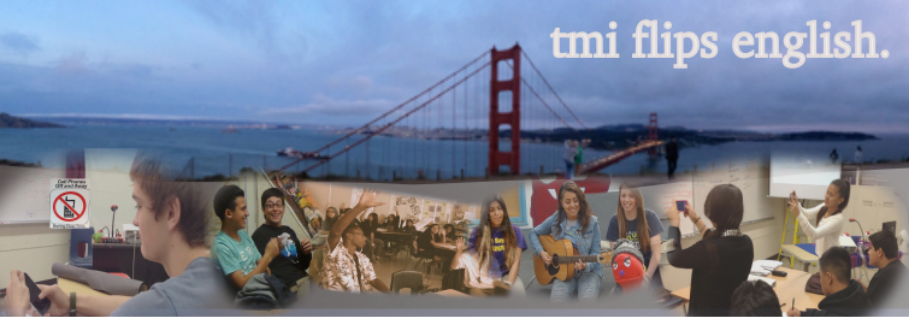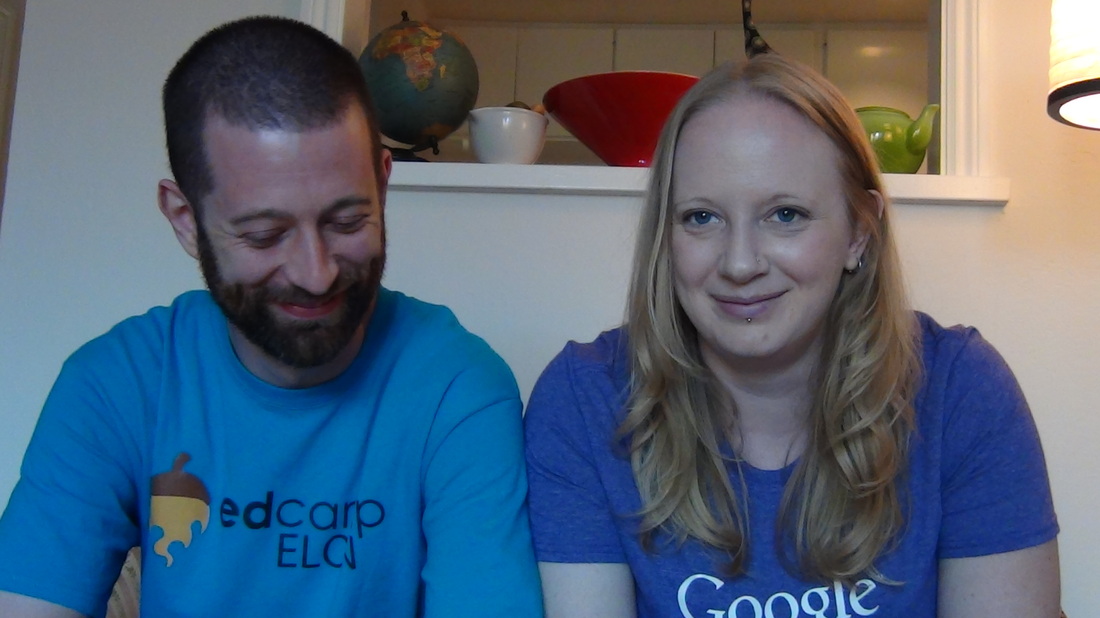.@MrVaudrey Glad your friend's friend doesn't want ALL Ss to succeed. @TpTdotcom sucks. cc @Jstevens009
— Karl LS (@LS_Karl) August 4, 2014 @LS_Karl @MrVaudrey @TpTdotcom good for that person, but I wouldn't trade the network of open sharing & collaboration that we've got
— John Stevens (@Jstevens009) August 4, 2014 There are lots of ways to share ideas on the internet, and I recognise that many teachers find the idea of making money on the lessons they've developed in their own classroom appealing. In fact, there is nothing objectively wrong with it. No matter what state you teach in, you probably don't get paid what you should be paid to do the work of shaping the minds and hearts of young people.
But there is a fundamental problem, at least in my mind (and I think the boys would agree): We Are What We Share.
In all aspects of culture, I believe in free and open sharing. My favourite bands all allow their fans to bring in recording equipment and trade the tapes freely. My favourite software companies are (or have been) open source and have understood that a key part of their culture was bringing in the best possible ideas, even if they didn't exist in the corporate structure. Many companies, like Google, even give their employees paid time during the day to work on a project that doesn't fit into their job description but is exciting to them....and many of those projects have become the technology we use every day, like gmail.
Turning back to Teachers Paying Teachers, I think the major problem I have is that it turns what we do into a product, rather than something that is a collective endeavour that is better when it is shared in community.
This post didn't start out being a rant about TPT. In fact, I started writing to talk about something Andrew and I have built into our practice: a weekly Twitter chat. But the reason I talk about TPT is that it is exactly the antithesis of the #flipclass chat Andrew & I moderate on Monday nights (8 PM EST/5 PM PST). The chat is built around bringing together smart, passionate teachers who believe in sharing openly and freely. Ideas are regularly given away and even improved upon through conversation.
The #flipclass chat community is something Andrew and I are very intentional about cultivating, and we have seen somepretty amazing things happen. But what keeps coming back is that this group of educators believe in giving away their work in order to help other teachers improve their practice, and with the belief that any time you share an idea with someone else, it doesn't return to you void.
As an example: I came up with the idea of using todaysmeet as a backchannel for discussion as I played a video of me reading the text. So students were hearing the text, seeing it on their screens (or on the main one) and were able to interact immediately with their peers (and with me). Having the reading on video meant that I could be far more present with them, but I found that the number of questions I answered actually went down because they were getting answers from their peers too.
So that idea is something I shared on Twitter a lot. Now, I see lots of variations on that idea from tons of #flipclass teachers. Did I invent it? Probably. But I also know that no invention is truly a work of a "lone genius" or "Eureka moment" and that the #flipclass Twitter community helped me have the idea in the first place, and have made it so much better now that it's been out there for a while and tried in tons of classrooms and blogged about...etc.
And that's the tragedy of TPT. That kind of group collaboration and open sharing of ideas just doesn't happen when you're locking your ideas behind a paywall and then taking it back to your classroom...the only one that will be changed by those ideas. That is depressing.
I think I'm a great lesson designer, and I bet I could have made tons of money if I had done TPT for the last few years. But I can't put a price on the ideas I've had improved by my people in the #flipclass chat community. I can't put a price on the ability I have to share openly and know that others are helped by what's happening in my classroom.
I can't put a price on a community that has changed my life, my classroom, and the way I think about education. This community brought me a collaborative partner, a group of teachers who love me and challenge me and support me, and a weekly chat that inspires me and keeps me pushing towards the kind of classroom I want for my students.
That is priceless.
**
Never done a Twitter chat? Andrew and I made a video about the weekly #flipclass chat and how to get involved. We hope to see all of you there!


 RSS Feed
RSS Feed
